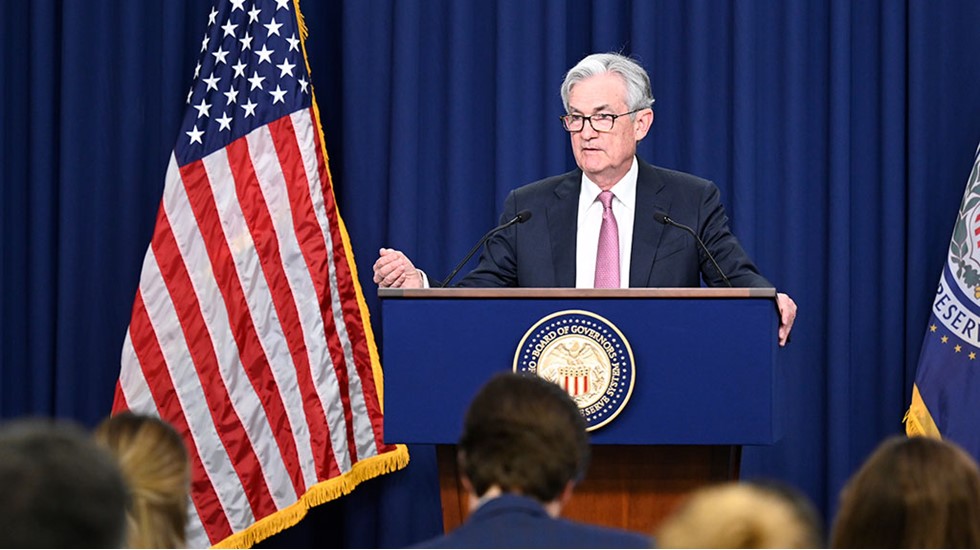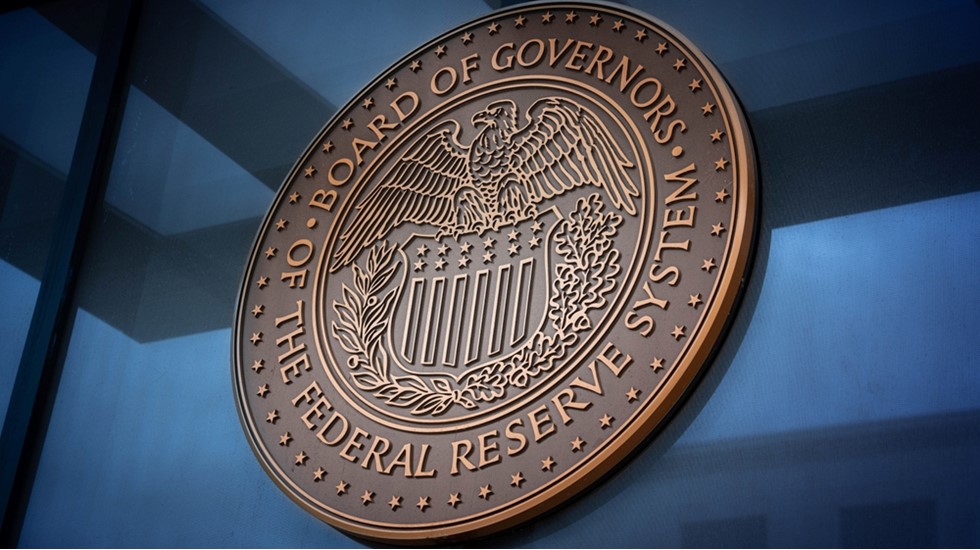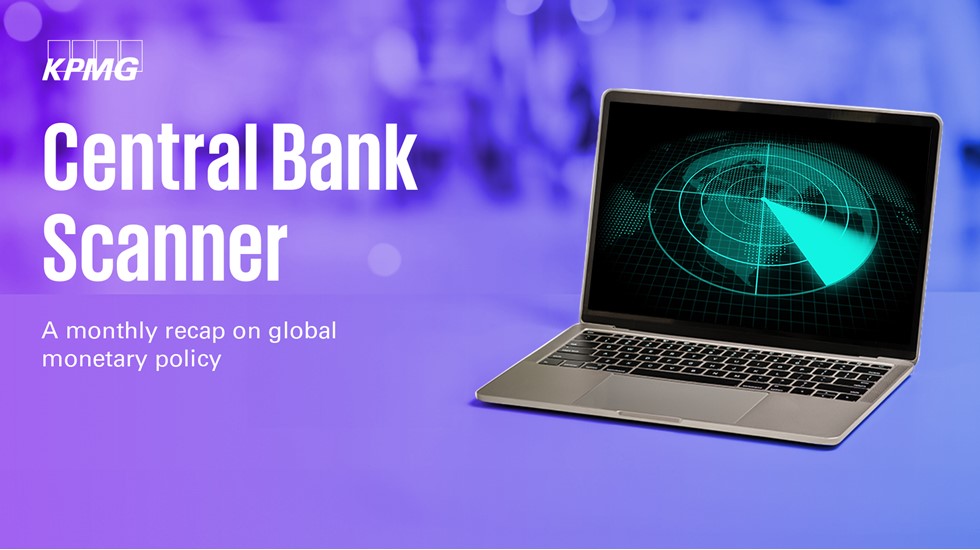
KPMG Economics
A source for unbiased economic intelligence to help improve strategic decision-making.
What’s impacting labor market participation? Why are some sectors faring better than others? How do you separate the signal from the noise? KPMG Economics answers these questions and more, providing timely insight and analysis into the economic indicators. We monitor trends and identify potential opportunities that could impact your strategic objectives. Our perspectives look at both the short-term and long-term economic factors that are critical to guiding strategic decisions.
Our latest thinking

The two faces of the economy
Can we break out of jobless growth?

Global Navigator from KPMG Economics
The Investment Opportunity Index

The great exit:
College-educated mothers of young children leaving the labor force.

Navigating increasingly complex supply chains: Five trends shaping the economic landscape
Steering Through Tariffs, Tech & Turbulence.

Headlines mask weakness and inflation surge
Brace for fireworks.

Wars of the Roses: Structural change watchlist
AI will eventually help to mitigate inflationary shocks by boosting productivity growth.
Subscribe to insights from KPMG Economics
KPMG Economics distributes a wide selection of insight and analysis to help businesses make informed decisions.
Economic Coordinates
Explore analysis of key data indicators, such as job creation and the labor market, consumer spending, inflation, investment, housing and monetary policy. These combined data points are indicators of the overall health of the economy.
No results found.
Cloudy inflation data for December
The Fed’s inflation-fighting credibility is at stake.

Consumer credit expanded in November
December credit demand expected to be strong.

Consumers fuel GDP growth
Growth and labor market outcomes have decoupled.

CPI cools in whacky report
Estimates accounted for 40% of CPI data.

No results found.
A miserable year for workers
Job gains have come to a virtual standstill.

Employers post fewer job openings
The Fed is increasingly divided.

Year-end jump in employment
Earnings still edging higher.

Early chill for employment
Little solace for those frozen out.

No results found.
Hawkish cut by the Fed
Fed risks losing inflation-fighting credibility.

Brace for more dissents from the Fed
Large tax refunds will spur spending.

Fed cuts amidst dueling mandate
December “not a forgone conclusion”

Fed poised to cut and stop QT
Government shutdown takes 0.2% off GDP each week.

No results found.
Home sales show signs of recovery
Affordability focuses on demand but supply is still tight.

Housing starts slump
Rising rents could boost multifamily.

Home sales on ice
Credit for many home buyers is drying up.

Housing construction slowed again in August
Sidelined homebuyers face unaffordable market.

No results found.
Trade gap shrinks
The run-up in gold in 2025 has clouded the trade picture.

Autumn industrial production mixed
Autos suffered from tax credit expiration.

Aircraft drag on durable orders
Transportation orders lost ground with civilian aircraft.

Trade deficit narrows
Deficits widened with Canada and Mexico.

No results found.
A tale of two economies
Lower rates will benefit parts of the economy.

Uncertain economic outlook sways bankers
Lending standards are becoming tighter.

Access to business loans tightens
A less favorable economic outlook

Banks are tightening credit
Banks tightened lending standards at year-end.

No results found.
Central bank scanner: Fed risks its credibility
Central bankers look to the Fed.

Central bank scanner: Central banks strike a tentative pose
Caution is the watchword.

Slow but steady
Downside risks = geopolitical tensions, lack of fiscal discipline and currency fluctuation.


Global Economic and Geopolitical Outlook webcast
Major policy decisions are converging in the next few weeks. They will help shape your operating environment throughout 2026. Join KPMG's Global Economic & Geopolitical Outlook webcast on Wednesday, December 17 for a 75-minute briefing to understand how these dynamics interact and what they could mean for your organization.
KPMG Economics in the news:
- Inflation, politics and data blackout collide around Fed’s rate cut decision
Federal Reserve Chair Powell and his colleagues are effectively driving with a cracked windshield, economists say. As inflation and the labor market pull in opposite directions, the Fed's so-called dual mandate has turned into "dueling mandates," quipped Diane Swonk, chief economist at KPMG. She says the central bank has chosen caution — moving slowly to manage both risks — amid echoes of the stagflation Ary 1970s. "It's not the 1970s, but it has a familiarity with the 1970s," Swonk said.
October 29, 2025 | The Washington Post
- Top Economist on the Economy’s Dirty Truth
The "K-shaped economy" shows affluent spending contrasted sharply with budget-stretched lower-income households. Moreover, significant staffing shortages at the Bureau of Labor Statistics mean more than a third of the CPI data is imputed, bringing its accuracy into question and reinforcing misleading perceptions of easing inflation. With the economy poised for a noticeable slowdown in the fourth quarter, intensified by a fragile labor market and consumer stress, Swonk cautions of a difficult holiday season ahead.
October 24 2025 | Fortune
- The U.S. economy is slowing — and the nation’s top economists don’t expect it to improve much over the next year
Economists don’t expect the tide to shift anytime soon. Only one economist is forecasting faster job growth and a lower unemployment rate in the year ahead, Bankrate’s poll found. The majority (81%) expect hiring to slow and joblessness to climb over the next 12 months. Just 13% now think that will happen by the end of next year, down sharply from 29 percent last quarter. “The timeline for inflation to return to target has been significantly extended as a result of the trade war,” said Diane Swonk, chief economist at KPMG.
October237, 2025 | Bankrate
- Missed car payments, GoFundMe for groceries, booming pawn shops, and more recession clues
In some states, families are forced to spend as much as 15% of their income on childcare, according to WalletHub. As a result, women with young children are driving the outflow from the workforce, Swonk said. Return-to-office mandates have also made it harder for many employees to be flexible. Swonk added: “It’s not a zero-sum game. It’s not men or women. We need everybody. We need all hands-on deck.”
October 22, 2025 | Quartz
- Powell Signals Another Cut as Weak Hiring Pressures Unemployment
The Fed is scheduled to meet again Oct. 28-29. Last month, the median projection from its 19 policymakers pointed to two more rate cuts this year. But nine officials saw one or fewer cuts as appropriate. That division among policymakers is also making Powell more cautious about the path for rates next year, said Diane Swonk, chief economist at KPMG. “Those are the cues of, ‘We don’t really know where we’re going longer term,’” she said.
October 14, 2025 | Fortune
- America is getting an AI gold rush instead of a factory boom
AI is flourishing this year, manufacturing is entering an ever-deeper slump. Experts said the industries that have benefited from tariff protections have been far offset by the sectors hit by higher costs and uncertainty. "The jobs gained by protecting sectors like steel and aluminum, for example, were far outweighed by losses due to those inputs becoming more expensive," said Meagan Martin-Schoenberger, senior economist at KPMG.
October 13, 2025 | The Washington Post
- The U.S. dollar is up — for now. But what comes next?
Kenneth Kim, senior economist at KPMG, said there are plenty of signs that investors are still nervous about the dollar, because many have been piling money into alternative assets. “For example, going into precious metals, gold, and silver, which have hit new highs,” Kim said. “As well as bitcoin.” Kim said the big concern is what happens if higher inflation slows down economic growth. “Foreign investors might want to look elsewhere to park or invest their money, if U.S. economic growth is slowing down,” Kim said.
October 9, 2025 | NPR Marketplace
- First came the shutdown, next the layoffs - Timing is crucial
Diane Swonk, chief economist at KPMG, discusses the economic consequences of a government shutdown with layoffs, highlighting the potential impact on GDP and the labor market. KPMG's analysis indicates that the timing of the shutdown is crucial, with potential permanent layoffs exacerbating economic damage beyond typical shutdowns.
October 2, 2025 | NPR
Subscribe to insights from KPMG Economics
KPMG Economics distributes a wide selection of insight and analysis to help businesses make informed decisions.
About our team






